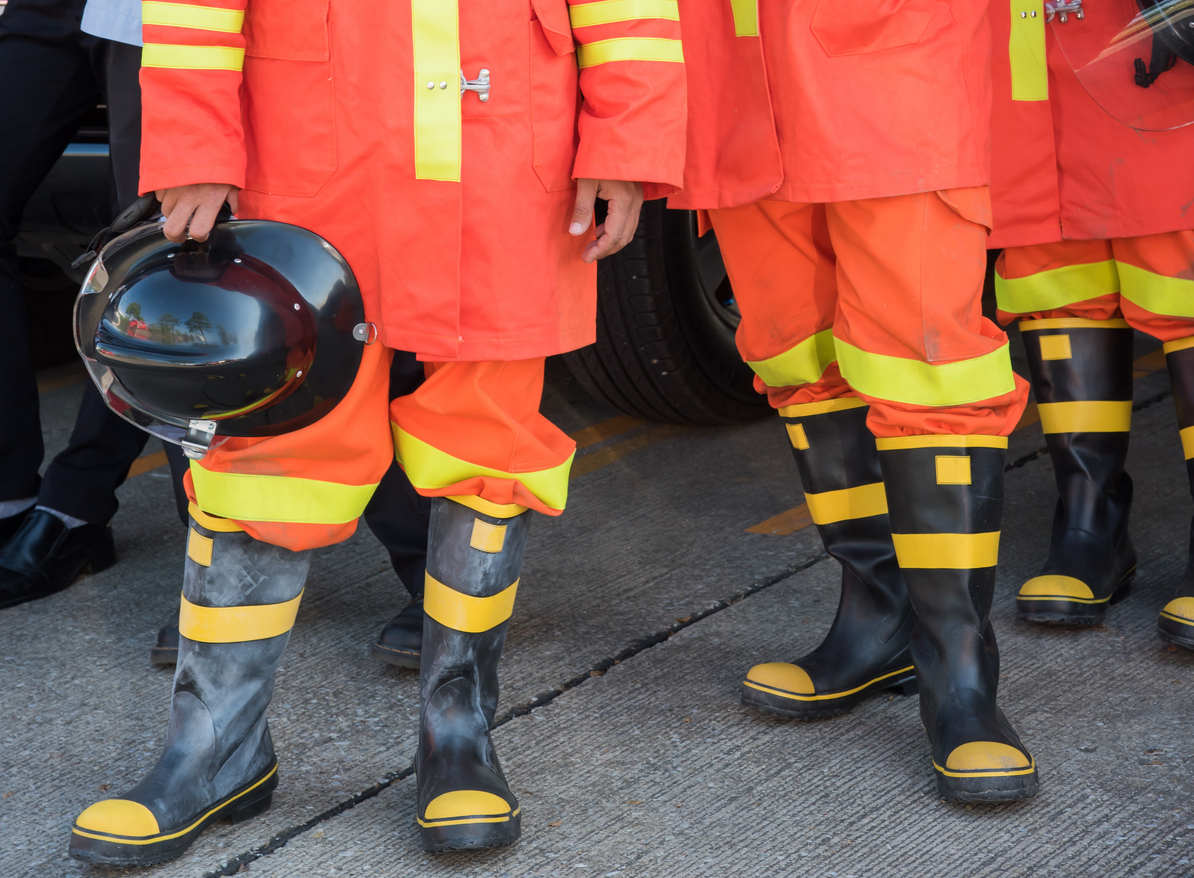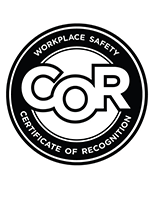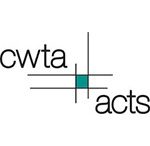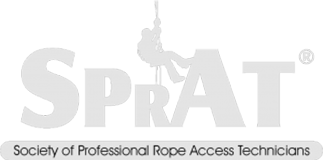Posted: Feb 1
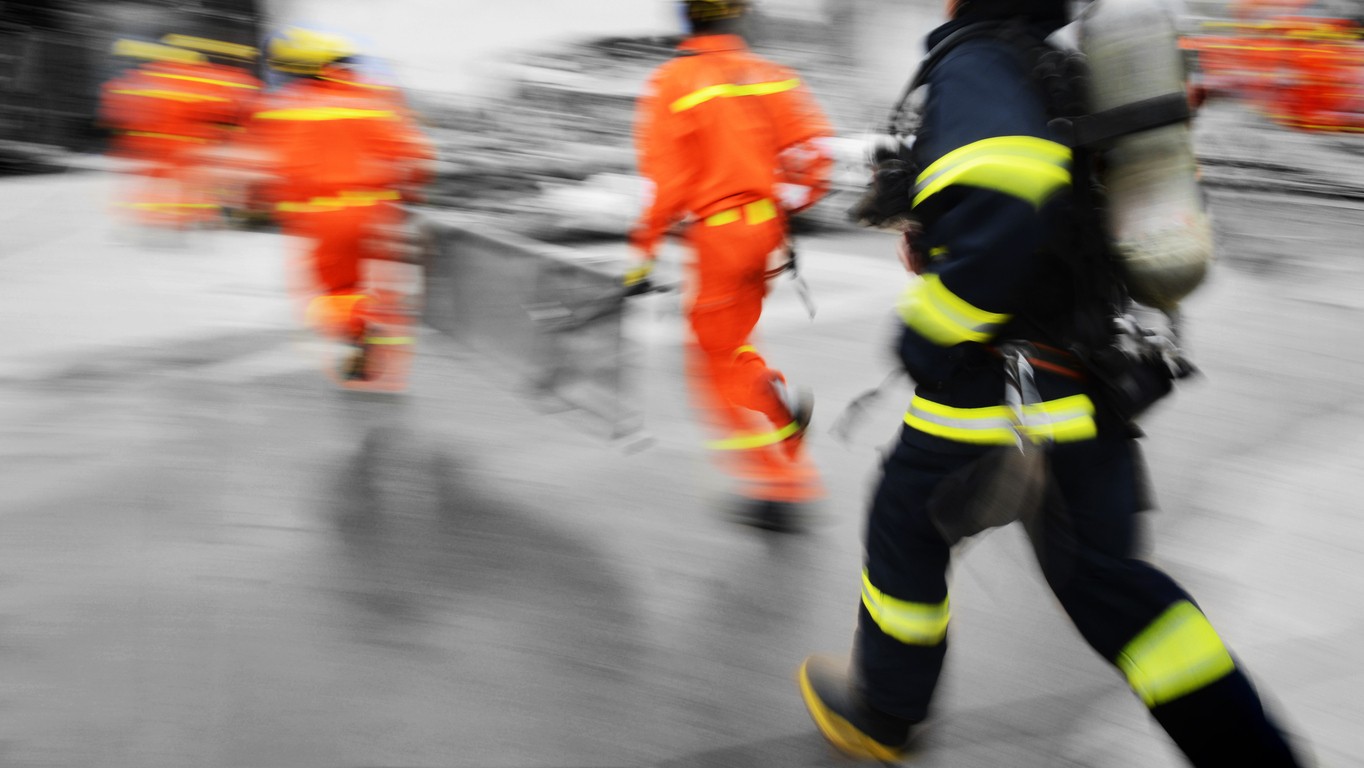
When you think of onsite fire and rescue teams, firefighting is likely the first thing that comes to mind. However, their role in Canada has evolved far beyond putting out flames. These teams are now pivotal in managing a wide array of non-fire emergencies, ensuring workplace safety in industries ranging from construction to energy production. With specialized training, advanced tools, and robust strategies, onsite fire and rescue teams are becoming indispensable in addressing diverse crises. Want to enhance your emergency preparedness? Get in touch with MI Safety to learn how they can support your workplace safety needs.
Gone are the days when onsite fire and rescue teams were only called upon to extinguish fires. Today, these teams are trained to handle complex challenges like chemical spills, natural disasters, and medical emergencies. This shift reflects the growing emphasis on comprehensive workplace safety and the unique risks associated with industrial environments. Many of Alberta’s top industries such as oil and gas, mining, and manufacturing often operate in remote areas where quick access to public emergency services is limited. Onsite teams fill this gap, providing immediate, specialized responses tailored to the unique risks of these work environments.
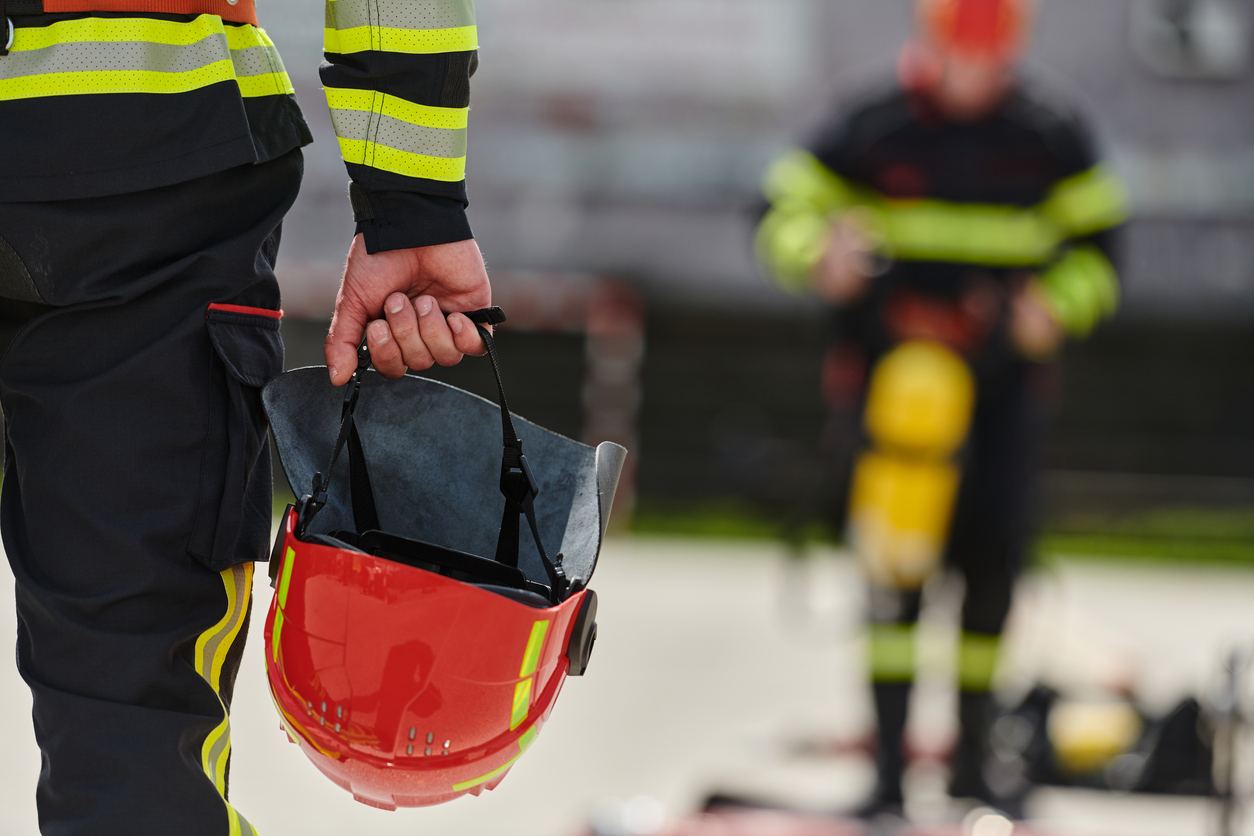
Chemical spills are among the most hazardous emergencies onsite fire and rescue teams face. The Canadian Centre for Occupational Health and Safety (CCOHS) highlights the importance of swift action in mitigating the risks associated with chemical exposure. From assessing the spill’s severity to safely containing it, onsite teams must be equipped with both the knowledge and tools to act decisively. These teams undergo rigorous training to understand the properties of various chemicals, proper containment methods, and the personal protective equipment (PPE) required for each situation. Their ability to swiftly assess and control chemical spills prevents environmental contamination and protects the health of employees.
Canada’s diverse climate poses risks ranging from flooding to wildfires, and onsite fire and rescue teams are increasingly prepared to address these natural disasters. Companies operating in high-risk areas often collaborate with organizations like the Infrastructure Health and Safety Association (IHSA) to develop emergency preparedness plans. These plans outline the specific steps teams should take during events like extreme weather. With comprehensive training in disaster response, onsite fire and rescue teams can implement evacuation protocols, secure hazardous materials, and provide real-time support to mitigate risks. Their proactive approach not only minimizes damage but also ensures the safety of employees during unforeseen events.
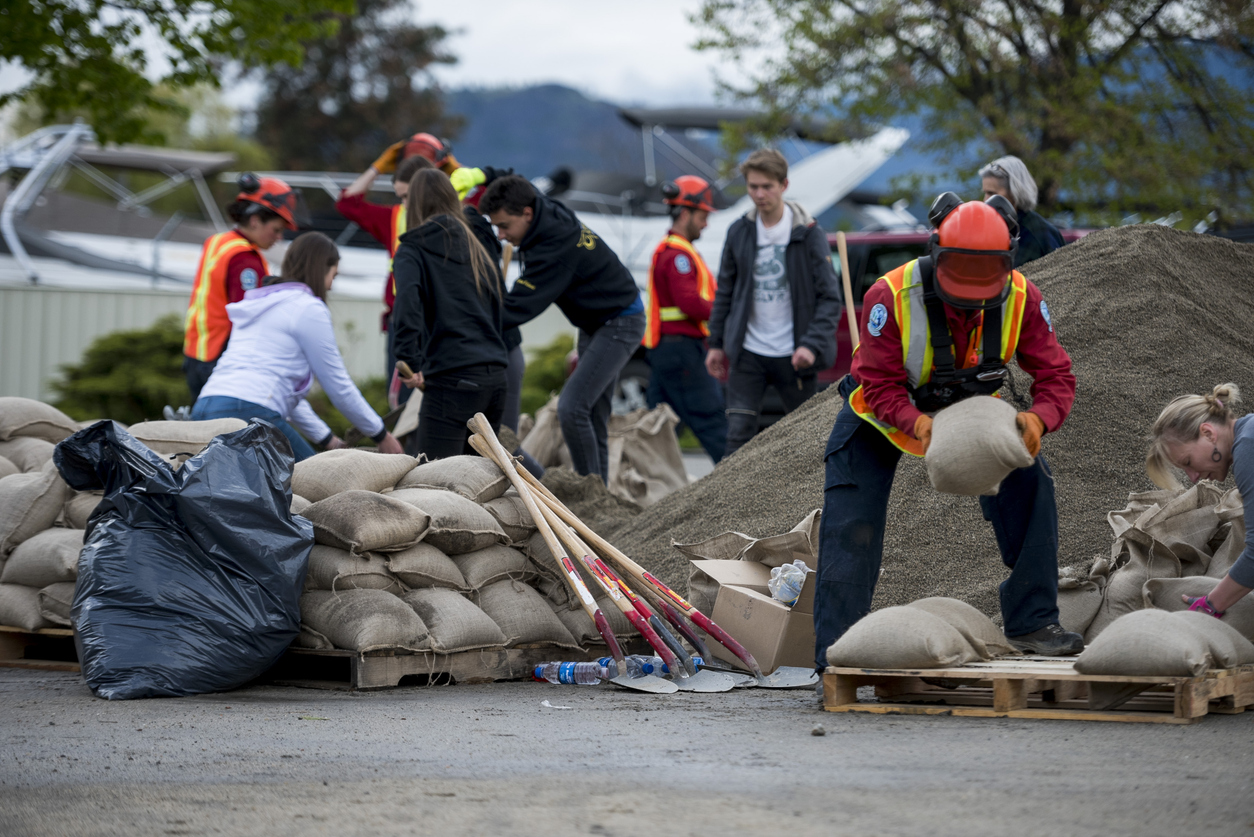
Another area where onsite fire and rescue teams are proving invaluable is in responding to medical emergencies. In remote industrial settings, where public medical services might be hours away, having a team trained in first aid and emergency medical response can mean the difference between life and death. Canadian workplaces often invest in advanced medical training for their onsite teams, enabling them to provide immediate care until professional medical services arrive. This can include handling cardiac arrests, traumatic injuries, or other life-threatening conditions. By acting quickly, these teams play a vital role in preserving life and reducing the severity of injuries.
To tackle such varied emergencies, onsite fire and rescue teams rely on state-of-the-art tools and strategies tailored to Canadian workplaces. These include:
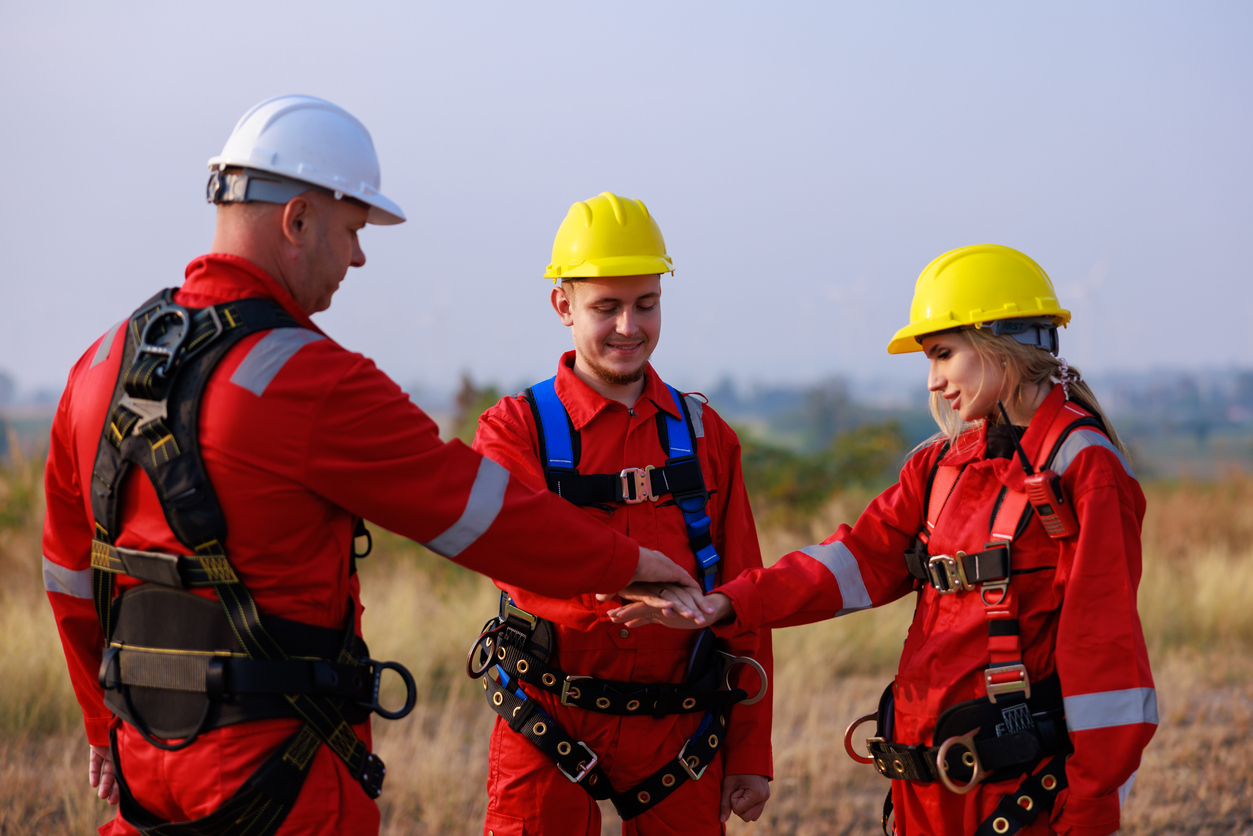
As workplace risks evolve, so too will the responsibilities of onsite fire and rescue teams. Their adaptability and commitment to safety make them indispensable in industrial settings. Beyond fires, these teams are tackling emergencies with expertise and dedication, creating safer work environments for all. For Canadian companies, investing in these teams isn’t just a compliance measure—it’s a commitment to the well-being of their workforce and the surrounding community. Whether managing chemical spills, responding to natural disasters, or saving lives during medical crises, onsite fire and rescue teams are at the forefront of workplace safety. Get in touch with MI Safety today to equip your team with the training and tools they need to handle any emergency. Let’s work together to ensure a safer future for your workforce.
